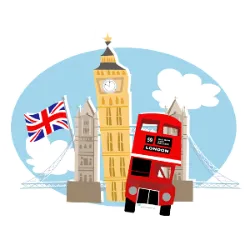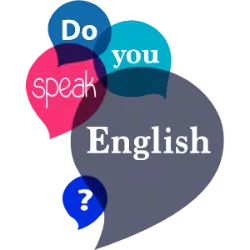Cuentos y fábulas

En el nivel intermedio de inglés, al contar cuentos y fábulas, utilizamos estructuras más elaboradas, como el
Entendamos esto con un ejemplo:
En este ejemplo, usamos
Además, la estructura de la secuencia de eventos ayuda a que la historia sea clara y atractiva.
Textos escritos: Viajes y turismo

En el nivel intermedio de inglés, cuando hablamos de viajes y turismo, aprendemos a utilizar estructuras más complejas para describir experiencias pasadas y futuras con detalle.
Entendamos cómo usar el
Aquí utilizamos el
Para que el informe sea más interesante y detallado, podemos incluir palabras de secuencia, como:
Ejemplo de texto más elaborado:
Nótese que al detallar los eventos, la secuencia de acciones se vuelve más clara. Además, podemos incluir adjetivos para describir lugares y sentimientos, como
Pon a prueba tu conocimiento en estos desafíos 👇
Descubre algunos datos interesantes sobre inglés intermedio
La inversion es cuando se cambia el orden normal

La
- Normalmente el orden en inglés es:
Sujeto + Verbo + Complemento
Ejemplo:
Con
-
Ejemplos:
-
-
-
-
La inversión a veces ocurre con verbos de movimiento:
-
- <
-
En lugar de usar if, puedes usar la inversión formal:
-
Pon a prueba tu conocimiento en estos desafíos 👇
HOME














